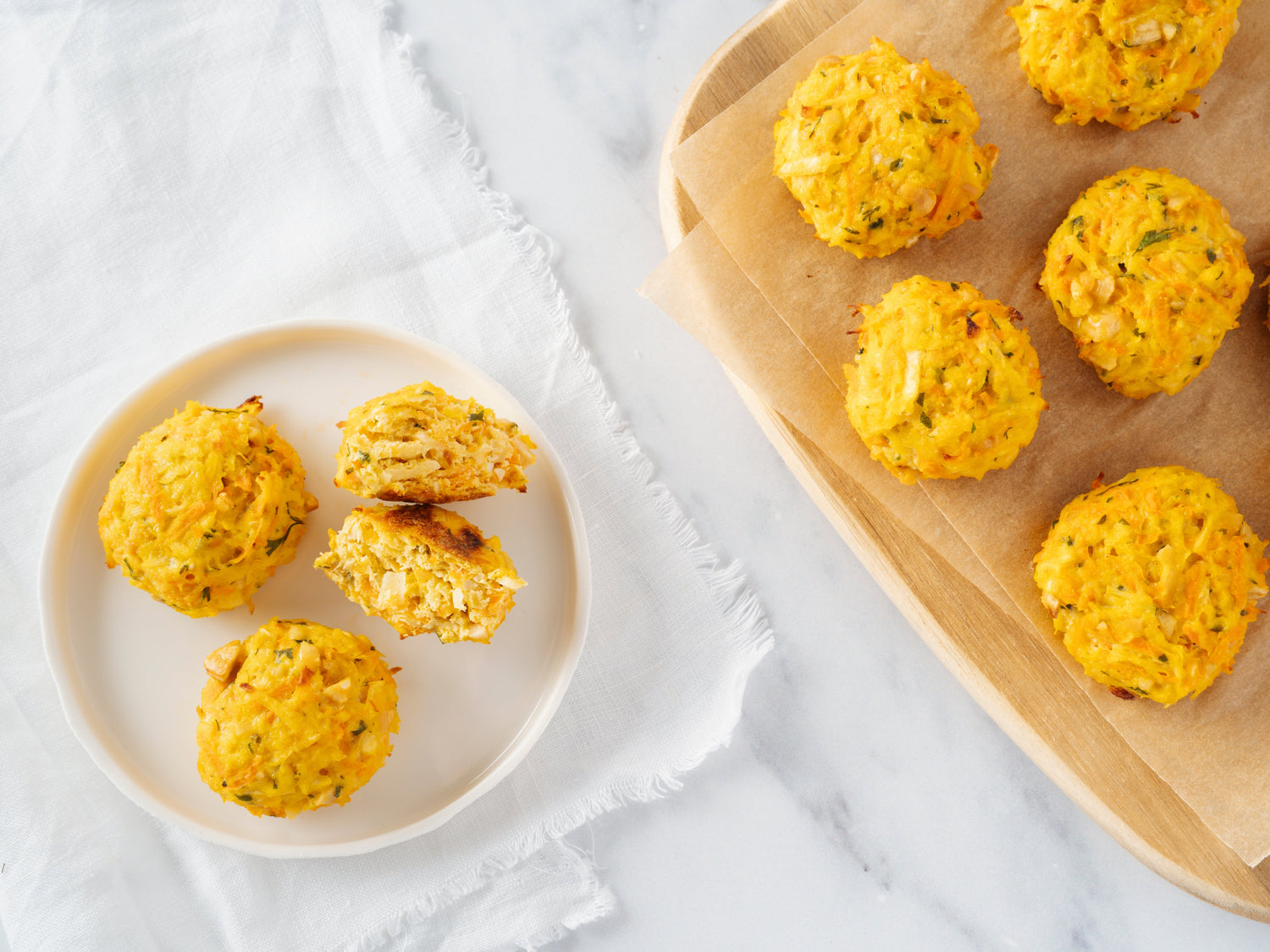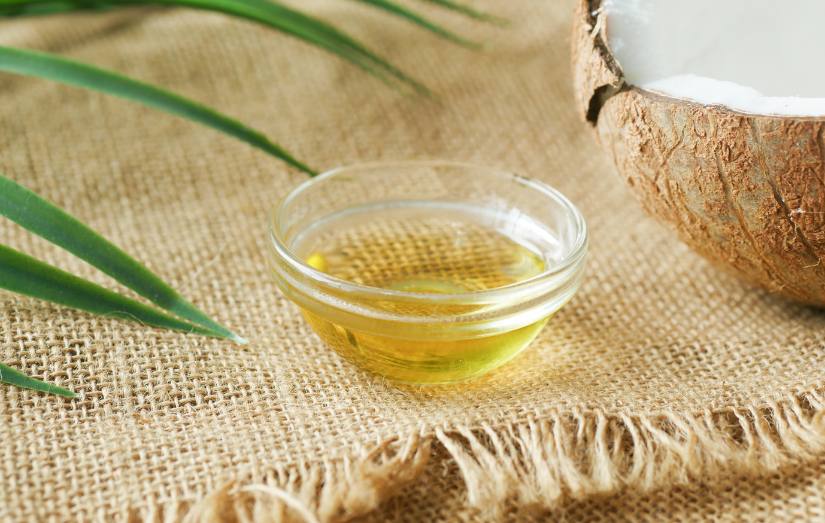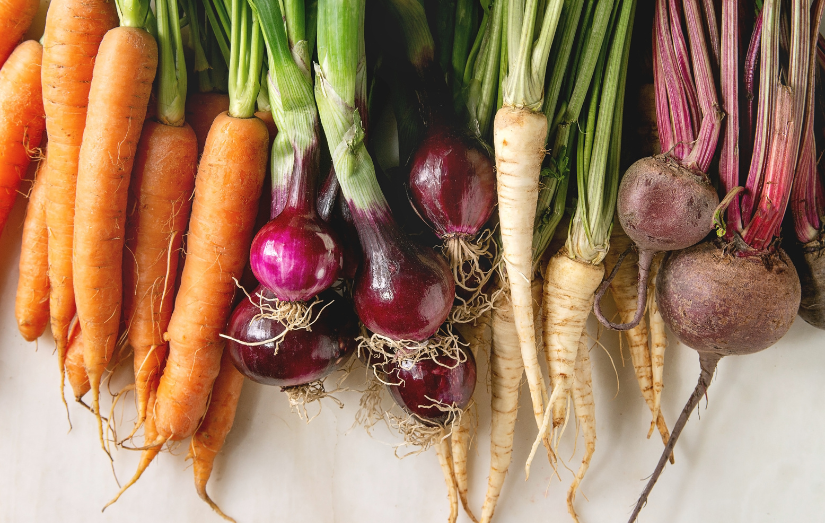If you are going to begin anywhere in your health journey, let’s start with your microbiome. Your microbiome is a collection of billions and billions of bacteria that are residing all over and in your body, but especially dominating in the large intestine. Their role is to break down undigested food (ideally just fiber) to help create waste and support bodily detox.
In addition, when the bacteria in your colon breaks down fiber they produce short chain fatty acids as well as some vitamins as a byproduct. These short chain fatty acids - acetate, butyrate, and propionate - support the health of the colon, ensuring healthy cell turnover and balanced bodily inflammation.
Outside of taking probiotics and consuming fermented foods, how can you support and consistently feed your microbiome so it continues to serve you?
The best way: eat more fiber.
Just like gasoline is what revs your car’s engine, fiber is what fuels your microbiome. In our colon we have good and bad bacteria that coexist. Yet, our diet is what will determine if more of the commensal (beneficial) bacteria thrive or if more of the pathogenic bacteria dominate. Eating a fiber rich diet ensures the commensal bugs are able to do what they do best - maintain GI integrity, ensure consistent bodily detox, and support healthy inflammatory balance.
What are some examples of fiber rich foods you should consistently eat?
-
Simply put - raw fruits and vegetables!
-
Fruits: berries, apples (with their skin), pears, avocados, watermelon
-
Vegetables: broccoli, brussels sprouts, carrots, leafy greens, green beans, onions, garlic, Jerusalem artichokes, leeks
-
Nuts and seeds: almonds, chia seeds, flax seeds
-
Beans, legumes, and whole grains (just consume in moderation as they are higher in carbs and can negatively impact your blood sugar).



